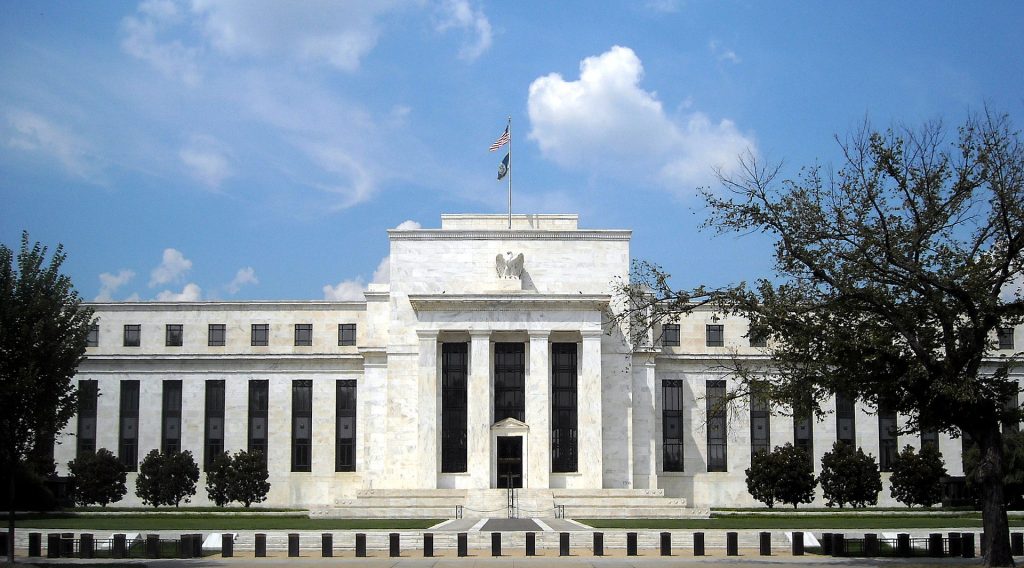The Federal Reserve, or Fed, announced Oct. 15, 2019 that it had agreed to loan 67.6 billion dollars in monetary assistance to banks. The Federal Reserve is the central bank of the United States that is often tasked with ensuring economic stability. The Federal Reserve is made up of un-elected bureaucrats that use monetary policy in attempts to alter the natural effects of the market.
In their most recent decision, the Fed decided that they would loan money to banks in order to ensure the banks have enough money on hand to abide by the lending rules. Typically, if a bank does not meet the reserve, they borrow money from another bank. Sometimes the borrowing occurs overnight, which is why it is often referred to as “overnight lending”. The need for overnight lending signals that banks are consistently unable to meet the reserve standard, and thus, loaning out more than they have within their means.
The policy of borrowing from other banks, and the Fed, is not a new practice. In fact, banks often loan out more than they have in reserve because of the lucrative nature of lending. For banks, making loans means collecting interest on those loans, and in turn, making substantial amounts of money. From an economic standpoint, reserve requirements impede the ability for banks to make more profit. Due to this, banks rely on other banks to meet their reserve requirements at the end of the day because the reward outweighs the risk.
For instance, if a bank’s loan can collect a substantial amount of money in terms of interest, the opportunity cost of not loaning the money exceeds the risk associated with not meeting reserve requirements. While this is an economic decision for banks, it must remain that it is not an entirely economic situation. The Federal Reserve, in trying to promote stability in the lending market, often becomes a safety net for banks that cannot retain enough in reserve requirements.
In fact, critics of the Fed were very outspoken in their distaste for the policy being implemented. Most argued that the lending is representative of the Fed creating a market where banks are “too big to fail,” a sentiment prevalent after the Fed implemented the exact same policy during the 2008 market crash. If the banks have the Federal Reserve to substantiate any lack of liquidity, then they are often more risky in their lending due to the presence of a safety net.
In addition to the monetary policy being implemented in the form of lending on behalf of the Fed, the group has recently issued two cuts to interest rates. The interest rates serve as a rate in which one bank charges another bank for borrowing money during an overnight lend. When the Fed cuts interest rates, it encourages banks to lend because the cost of replacing money is lower.
Critics of this policy have been historically correct in asserting that the Federal Reserve is challenged by the ebbs and flows of a large scale market economy. Due to the fact that economies are contingent on human nature with respect to investment, predictions are often likened to gambling. This, paired with the angst that comes as a result of creating safety nets for large corporations and banks, has created political turmoil in recent years.
Regardless of the effect of the Fed on political relations, the new monetary policy is being viewed as troublesome. The lending pattern is reminiscent of the last recession and economists are warning that the Fed may be far more worried about the economy than what has been reported.
Sources: Business Insider, WSJ

